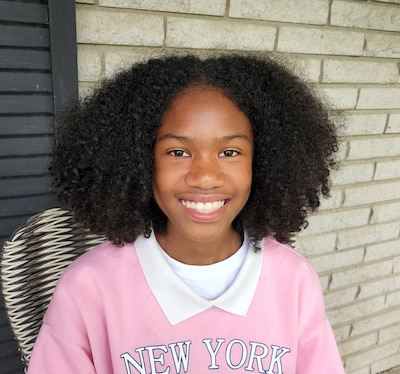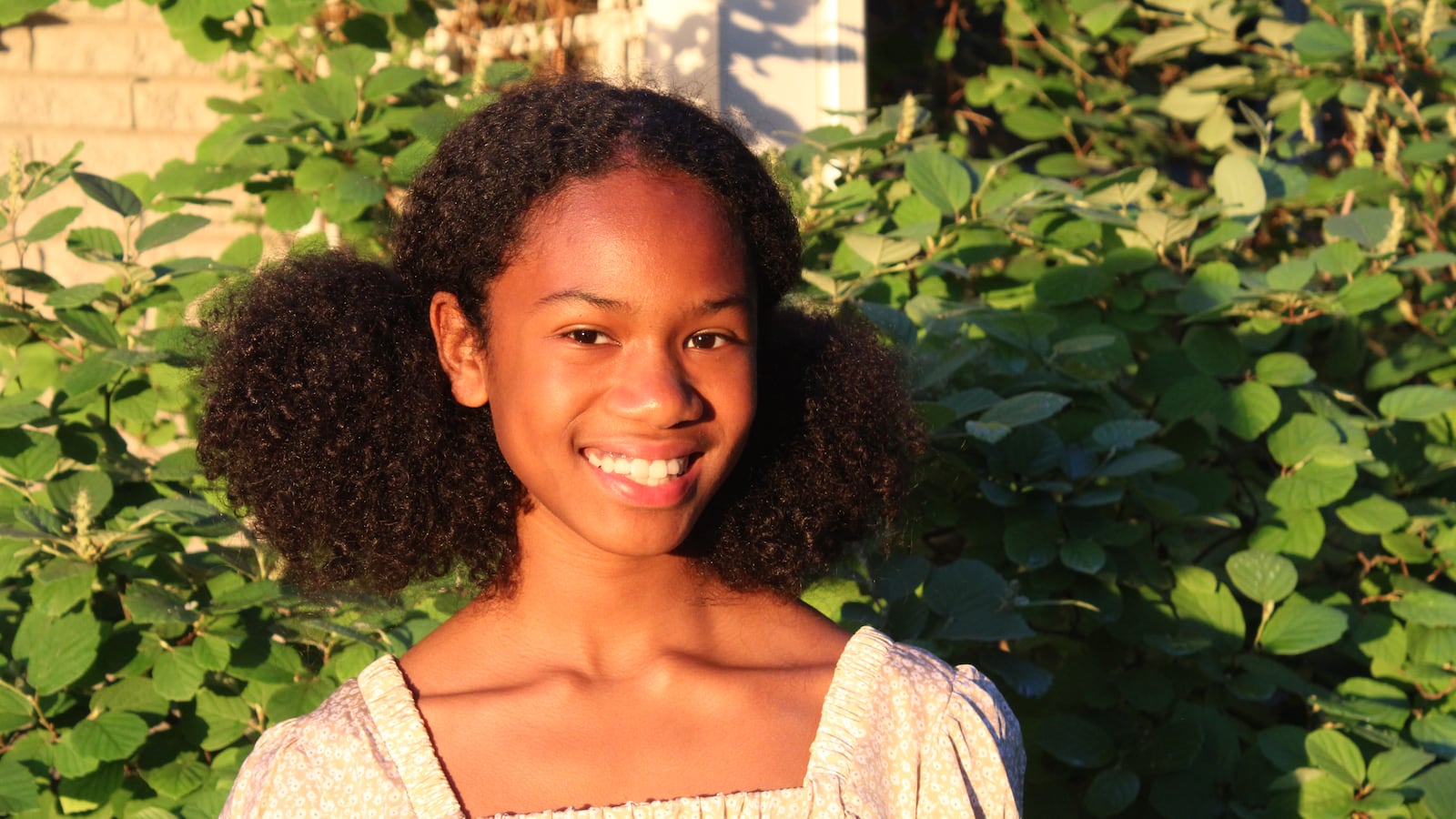I still remember the time in elementary school when my mom and I were sorting books on my bookshelf. We would choose which ones to keep and which to give away so we could make room for new ones.
Sometimes, my mom would place books that I had put in the giveaway pile back on my shelves — books like “Mufaro’s Beautiful Daughters,” “Amazing Grace,” and “Lily Brown’s Paintings.” When I asked her why, she said she didn’t remember having picture books with Black characters when she was a kid and wanted me to make sure my library always had books with characters who looked like me.

Ever since then, I sometimes have trouble trading out books with Black and Asian characters because those are the books I sometimes relate to the most.
When I was 9, I started Elena Reads, a blog to share my love of reading with others and introduce people to diverse books they might not have known existed. For example, on my blog, I reviewed “Loretta Little Looks Back” by Andrea Davis Pinkney (about a Black family living when slavery and segregation were legal) and “The War That Saved My Life” by Kimberly Brubaker Bradley (about a girl who has a disability and faces abuse). I want to make sure these books are accessible to everyone.
From a young age, I’ve loved books. Sometimes, reading gives me the feeling of escaping this world and going into another one. I love playing the scenes of the story in my head. It’s like a movie, but better. I also love that reading teaches me about people who are different from me. So it is really confusing when I hear about books I love that are on banned books lists because they discuss racism or have gay characters, for instance.
Why would parents and educators want to take amazing books with diverse characters out of schools and off library shelves?
Jerry Craft’s Newberry award-winning “New Kid,” a funny graphic novel about a Black boy attending a mostly white middle school, tackles racism and stereotypes, and it shows how hurtful they can be. I can’t understand why a school district in Texas banned this book, which is based on the author’s life.
When I interviewed Craft recently, he told me he didn’t really get why people were so upset about his book. He said one parent didn’t like how the white characters were depicted and worried that it would make her white child feel bad about real things happening in the world. He said if that parent had taken the time to read the book, she would have seen that many of the white characters aren’t depicted as bad or evil. And, when complaining parents say that everyone is “equal,” they dismiss injustices and experiences that happened to many people of color, the LGBTQ community, and those with disabilities.
It’s particularly upsetting to see diverse books banned because it makes it harder for students who are Black and brown or who are gay to see themselves in what they are reading. When we read about characters whose experiences correlate with our own, it makes us realize that our stories matter. And these books also help other readers open their eyes to people who are different from them.
It is really confusing when I hear about books I love that are on banned books lists because they discuss racism or have gay characters.
For example, I think kids can learn about what it is like to be an immigrant family in this country if they read “Front Desk,” by the award-winning author Kelly Yang. It is a story about a Chinese family who immigrates to America. The book details their lives here and how they struggle, like when the main character is bullied because she is Asian. This is another book that some school districts have banned for being “racially divisive.” When Yang heard about one such ban in a small Long Island district, she tweeted that she was “heartbroken,” writing: “Books about the immigrant experience are valid. Books about POC are valid. We are valid!”
A book I read in English class, “Mexican WhiteBoy” by Matt De La Pena, also appears on some schools’ banned books lists. It is about a biracial teen named Danny who finds his identity through baseball and family. Those who oppose teaching the book say it promotes “critical race theory,” and white students might feel uncomfortable reading it.
But it works both ways. Sometimes it’s uncomfortable for Black students to read about race. When my mom and I read “Addy” books from the American Girl series, I learned about slavery for the first time. Reading about it made me really uneasy. I was a little sad and scared, but my mom and I had conversations after every chapter, and I became more educated about racism.
This could be the answer to banning books: open conversations with parents, teachers, and others about what is being read. If we do this, we will become more understanding of what we are reading and each other, even if it is hard and uncomfortable at first.
Elena Recinto is a Michigan middle school student who reviews diverse children’s books on her blog, Elena Reads. She would like to be an author one day. She usually has her nose in a book, but she has many other interests. She runs cross country, plays piano and violin, and recently played Charlie Bucket in her school musical, Willy Wonka Jr.



